The feed and product specifications are determined through feed tests, market requirements, and the premium bitumen specifications required for mixing with soft bitumen in insulation or asphalt units. The feed of most aeration units in Iran is 70/60 bitumen refineries. For more information about Premium bitumen affordable prices, visit our site.
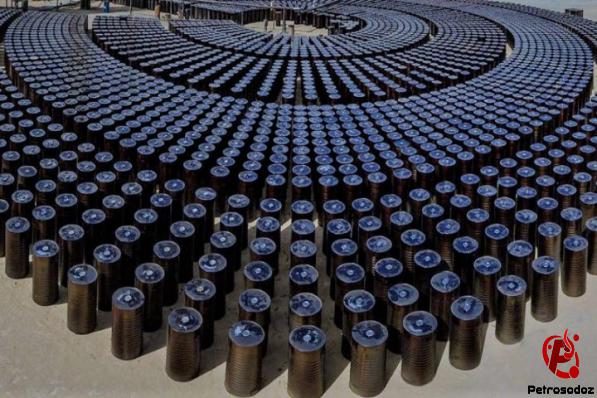
What happens when bitumen is heated?

Types of bitumen can be called blown bitumen, which is obtained by blowing hot air into pure bitumen in the last stage of the purification process. In this process, hot air at a temperature of 200 to 300 ° C is blown into the bitumen chamber by perforated pipes. As a result of this process, the hydrogen atoms in the molecules of bitumen hydrocarbons combine with the oxygen in the air, and with the formation of water, the polymerization takes place.
Blowed bitumen has a lower degree of penetration than pure bitumen, has a higher degree of softness and is less sensitive to temperature changes. This type of bitumen is mostly used in making roofing sheets, car batteries and plating. The abbreviation for blown bitumen is R. For example, 80.25 R bitumen means blown bitumen with a degree of softness of 80 and a degree of penetration of 25.
Mixed or dissolved bitumen
Types of bitumen, including mixed bitumen, are a mixture of bitumen and a suitable solvent (eg kerosene or gasoline). This bitumen is liquid at ambient temperature or liquefied with a little heat. Mixed bitumen is used in all types of paving and macadam asphalts.
The setting or hardening rate of this type of bitumen depends on the type of solution. For example, due to the high rate of evaporation of gasoline, the bitumen dissolved in gasoline hardens faster. This bitumen is called hardening bitumen (RC).
Bitumens that dissolve in oil are also called bitumen (MC) bitumen, and bitumen that dissolves in gas oil or furnace oil is called retardant oil (SC). Soluble bitumens are graded based on their degree of viscosity.
Emulsion bitumen
Emulsion bitumen is another type of bitumen that is obtained by mixing bitumen and water and an emulsifier.
The amount of emulsifier is very small and about 0.3 to 0.5% by weight of bitumen. The amount of water consumed by this type of bitumen is about 30 to 50% of the weight of the bitumen. The emulsifier is usually an alkaline salt of organic acids or ammonium salt, which causes bitumen particles to be charged. In this way, the bitumen particles repel each other due to the induced load and float in water in the form of spheres with a diameter of one hundred to one thousandth of a millimeter.
The use of this type of bitumen reduces environmental pollution, and because no oil or flammable solvents are used, the risk of ignition during transport of bitumen is reduced. Emulsion bitumen is used for cold asphalt in wet environments or for insulation, in which case water must be added again and its content must be increased to about 65%.
Application of bitumen and its types
Bitumen is usually used in the civil engineering industry in two areas: road construction and insulation. About 90% of the bitumen produced is used in road construction, and insulation costs account for only 10% of bitumen consumption.
Insulation
Bitumen is commonly used to insulate roofs and floors in bathrooms. It is usually used in conjunction with a sack called a bitumen to stabilize the bitumen. Sack fibers have the role of reinforcing bitumen and stabilizing the bitumen in place. Also, products such as bitumen cardboard or bitumen felt (tissue), which are offered under brand names such as isogum, etc., have a similar function to gypsum. Blockage or macadam is used to prevent soil moisture from penetrating the floor of the building.
Bitumen grinders
1- Degree of penetration
Penetration degree test is used to determine the hardness of bitumen. In this experiment, a standard needle penetrates the bitumen at a temperature of 25 degrees for 5 seconds under the effect of a 100 g load. The amount of penetration in terms of tenths of a millimeter is called the degree of penetration. The lower the degree of penetration, the harder the bitumen.
2- Viscosity
The slower the bitumen, the more solid properties it shows. It is clear that at higher temperatures it is less psychologically slow. This characteristic of bitumen is measured by C-bolt fiorel device or kinematically.
3- Degree of ignition
The degree of ignition is the temperature at which, if the bitumen reaches that temperature, the gases emitted from it ignite as the flame approaches, and a flame forms on its surface. The maximum temperature at which bitumen can be heated in the workshop is limited to the degree of ignition.
Reasonable prices of bitumen in 2020

The weight loss of bitumen at high temperatures is due to the evaporation of some of its oils and petroleum compounds. This characteristic is also one of the important properties of bitumen uses. The weight loss of bitumen in the oven is measured at 163 ° C for 5 hours (approximate asphalt curing conditions). For more information about Reasonable prices of bitumen in 2020, visit our site.

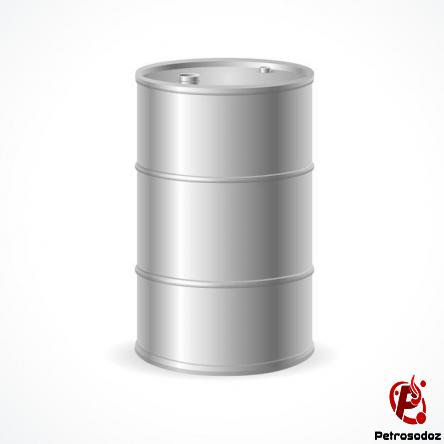
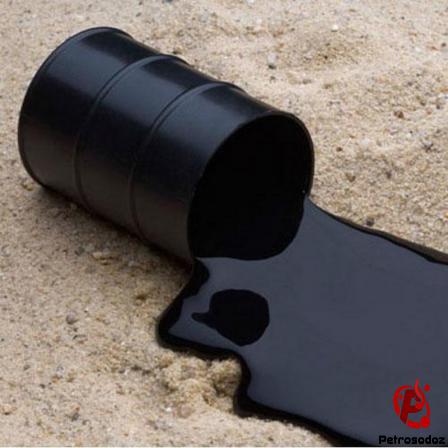
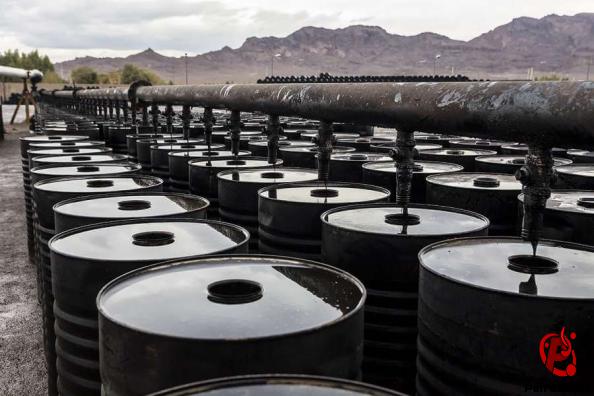
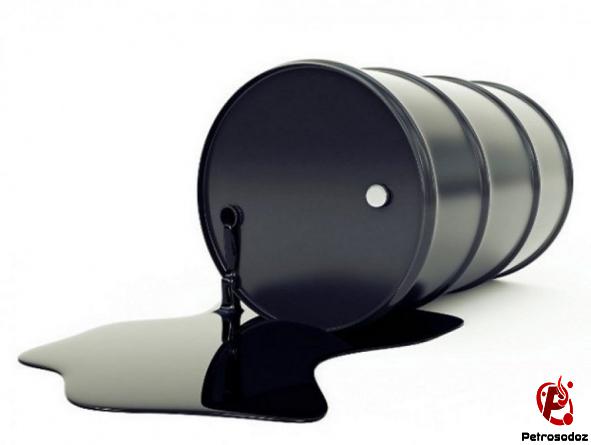
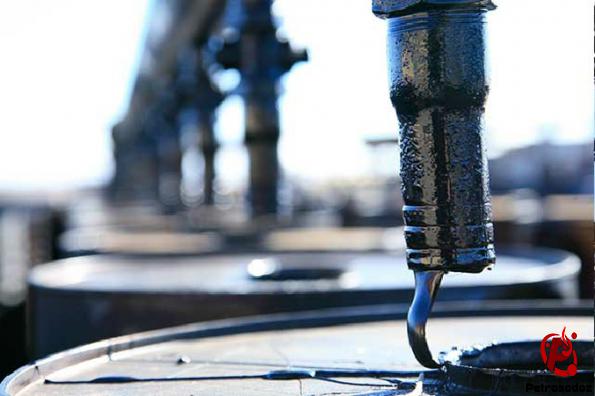
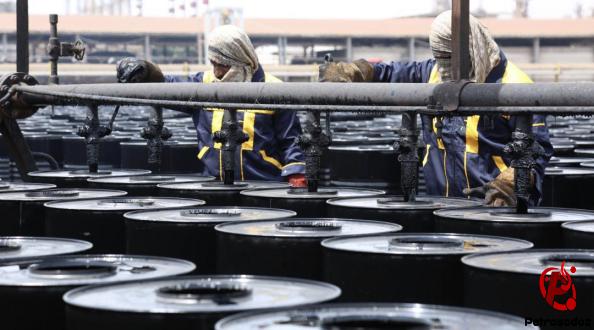
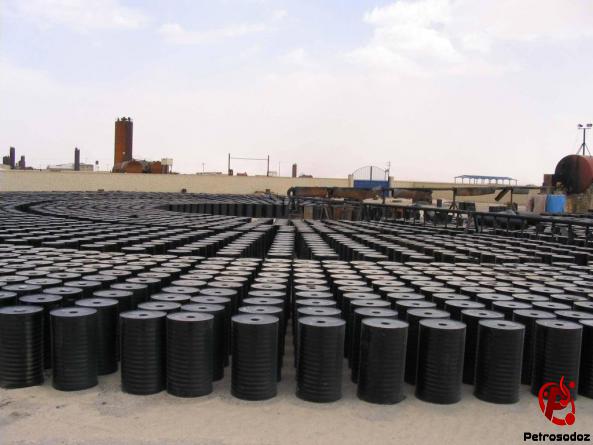
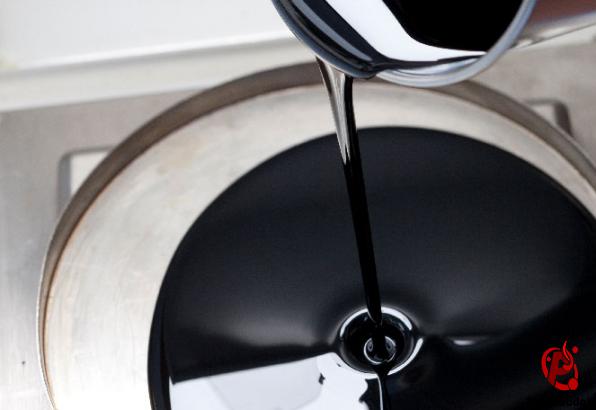
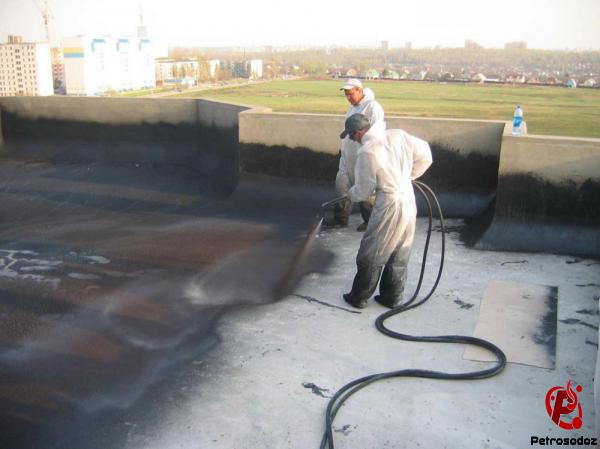
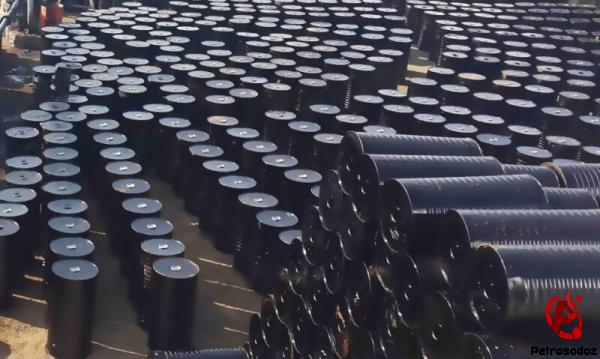
Your comment submitted.